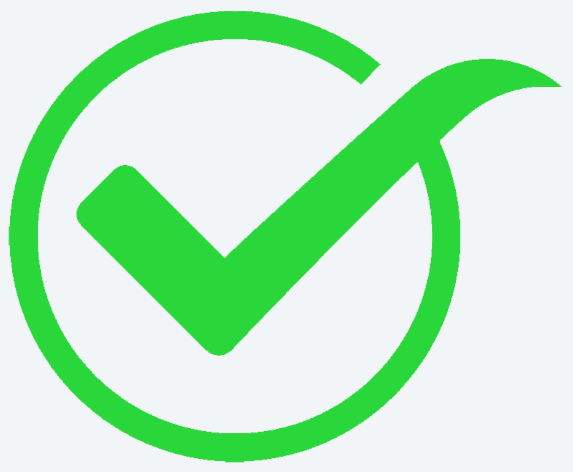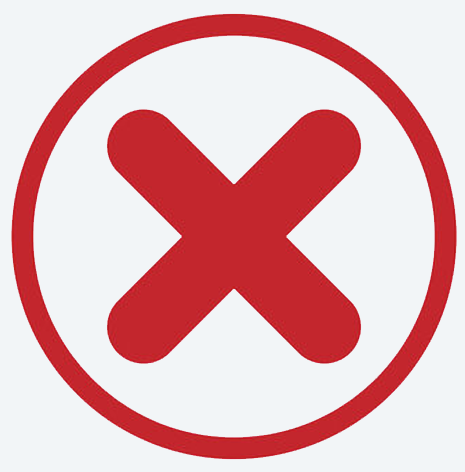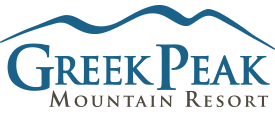
Skiing for Beginners: Equipment & Accessories
Having the right equipment is key to a safe, comfortable, and enjoyable day on the mountain. Whether you’re skiing or snowboarding, properly fitted gear gives you the control and confidence you need to navigate the slopes. From your boots to your helmet, each piece of equipment plays a crucial role in ensuring your safety and helping you make the most of your time on the snow.
For beginners, understanding how to use and wear your gear can feel overwhelming at first, but don’t worry—we’re here to guide you every step of the way. Whether you’re renting or bringing your own equipment, this section will walk you through everything you need to know to get started. When your gear fits right, you’ll not only feel more comfortable, but you’ll also have a lot more fun!
Ski Boots: Your boots should fit snugly without pinching. When you buckle up, there should be minimal movement inside, but your toes should still have a little wiggle room. Too loose, and you’ll lose control; too tight, and you’ll be uncomfortable.
Bindings: Bindings keep you attached to your skis. They need to be adjusted to your skill level and weight. Beginners should ensure that the bindings are set to release in the event of a fall to prevent injury. Rental shops can help you set them up correctly.
Snowboards: Snowboard boots should fit similarly to ski boots—snug but not painful. The bindings should also be adjusted to your stance and skill level. Ask the rental staff to help you set your stance width and angle.
How to Put On Skis and Snowboards
Getting your gear on can be tricky at first, but with a bit of practice, it becomes second nature.
Putting on Skis:
Step 1: Stand your skis on a flat surface, ideally on the snow, with the bindings facing upward.
Step 2: Align the toe of your ski boot with the front of the binding. Gently step down with your heel until you hear a click.
Step 3: To release, push down on the lever at the back of the binding with your ski pole.
Putting on a Snowboard:
Step 1: Sit down and strap in one boot to the binding. Always strap in your front foot first.
Step 2: Use the free foot to push yourself to a standing position. Then, strap in the second boot.
Step 3: Release by undoing the straps when you’re ready to take a break.
Other Essentials
Your experience will be more enjoyable if you have the right accessories. Here are a few you shouldn’t overlook.
Helmet: Safety is paramount. A helmet not only protects you but also keeps your head warm. Ensure it fits snugly and covers your forehead without obstructing your view.
Poles (for Skiers): Ski poles help with balance and rhythm. They should reach up to your armpits when standing. Hold them correctly by placing your hand through the strap from underneath and then gripping the handle.
Wrist Guards (for Snowboarders): Wrist injuries are common for beginners. Wrist guards can help reduce the risk of sprains and breaks when you take a tumble.
Ski Lock: Secure your gear when taking breaks. A small lock can prevent theft and give you peace of mind.
Renting vs. Buying Equipment
Not sure if you should rent or buy? Here’s what to consider.
Renting: If you’re new to skiing or snowboarding, renting is a great way to try different equipment and find what works best for you. Greek Peak offers rental packages that include skis, boots, poles, snowboards, and helmets. Plus, rental staff will ensure your equipment is properly fitted.
Buying: If you plan on skiing regularly, investing in your own equipment can be more cost-effective in the long run. However, ensure you get fitted by a professional to choose the right gear for your skill level and body type.
Pro Tips & Common Mistakes

Pro Tip #1: Check Your Gear Early: If you’re renting, arrive early to get fitted and avoid the morning rush. This gives you ample time to make adjustments before hitting the slopes.
Pro Tip #2: Learn to Carry Your Equipment: Carry skis together over your shoulder with the tips facing forward. Snowboards can be carried under the arm. Knowing how to handle your gear makes moving around the resort much easier.

Common Mistake: Skipping the Helmet: Some beginners think helmets aren’t necessary. Wearing a helmet significantly reduces the risk of head injury and keeps you warm.
Common Mistake: Wearing Boots Too Loose: Loose boots can lead to a lack of control and discomfort. Make sure to buckle up your ski or snowboard boots snugly, but not so tight that it restricts circulation.
